How to evaluate boutique coffee? Using coffee cup test to evaluate the quality and flavor of fine coffee
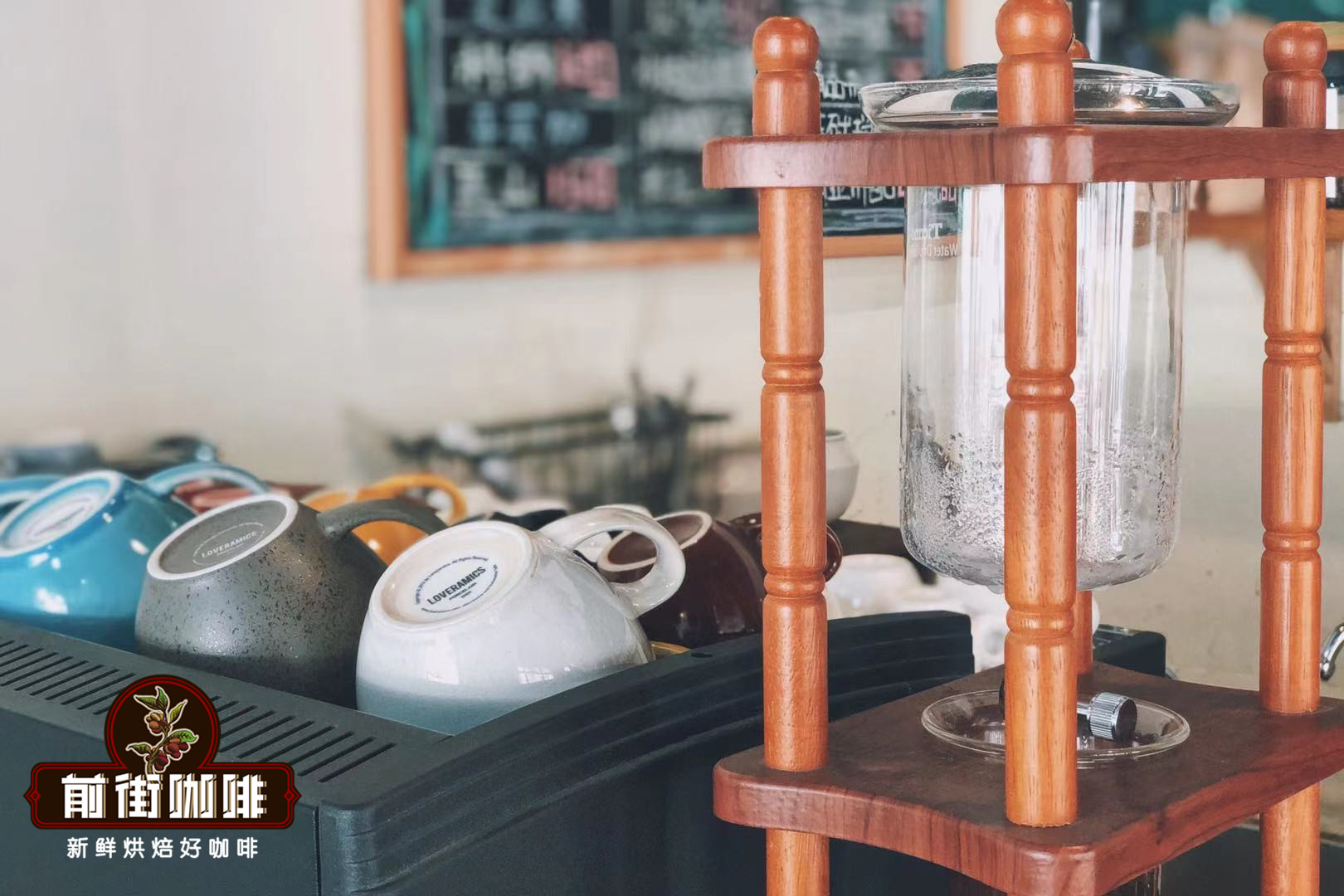
Professional coffee knowledge exchange more coffee bean consultation please follow the coffee workshop (Wechat official account cafe_style)
Coffee is one of the most complex drinks we drink. It has more aromatic compounds than wine, and hundreds of aromas and flavors are found in coffee. The source of the coffee, the type of beans used, the processing and roasting of the beans, and even the way they are brewed all affect the flavor you can feel in a cup of coffee. These flavors highlight the different characteristics of coffee, making each cup of coffee taste different from what it used to be.
Coffee experts evaluate the quality and flavor of boutique coffee in several different ways, the most common of which is "Cupping". The cup test is a sensory exercise in which the mouth and nose are used to compare different kinds of coffee. During the cup test, the same set of variables are used to brew a variety of coffee beans, and then the testers evaluate the characteristics of each bean, including aroma, smell, flavor, texture, acidity and aftertaste. The main tastes that can be felt on the tongue are sweet, sour, bitter, salty and fresh, but everyone feels to different degrees. The more experience the taste buds accumulate, the more you will be able to identify more specific and subtle coffee features. The evaluation of coffee is usually the first four plus the sense of touch as the main measurement direction.
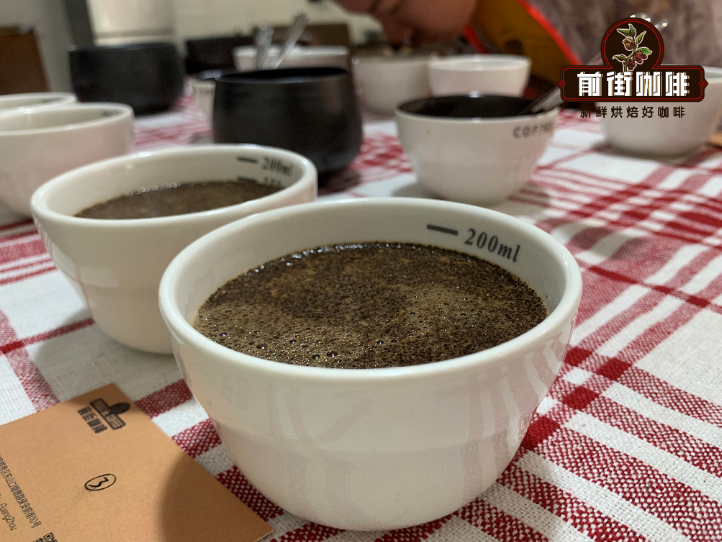
Method of cup measurement
Briefly describe the steps of cup testing:
1. Measure the same amount of coffee powder per cup and still evaluate the soaking according to the principle of proportion of gold cup, about 1: 15: 16 ratio of powder to water.
2. Smell the coffee powder and write down anything worthy of attention about the dry aroma of the coffee. It is recommended to order the coffee when tasting the coffee and put the heaviest flavor at the end.
3. Pour an equal amount of 92-95 degrees water into each cup, do not stir, wait a few minutes, nose close to the cup noodles, smell the wet smell of coffee grounds on the surface as they absorb water.
4. Break the residue, remove the cup spoon from the surface powder layer, and the spoon surface moderately circle three times along the liquid surface and press the surface coffee grounds into the liquid, then get close to the cup again and inhale the aroma of coffee closely. You can turn the bottom of the spoon noodle up after the circle, when the liquid flavor at the bottom of the spoon noodle will be particularly obvious.
5. Gently remove the coffee grounds from the surface with a cup spoon (and dip the spoon into the washed water cup to remove the coffee grounds).
6. Take a spoonful of coffee, close to your lips, suck a lot of air into your mouth, sip it loudly, try to get some of it behind your mouth, and then spit it out to feel the flavor of the coffee at this stage. After writing down the convenience, make a comparison, wash the cup and test the key, and then continue to taste the next cup of coffee.
Try to taste all the coffee quickly at the same temperature. The same temperature can be measured from different stages to room temperature, while high-quality coffee has different flavors at different temperatures.
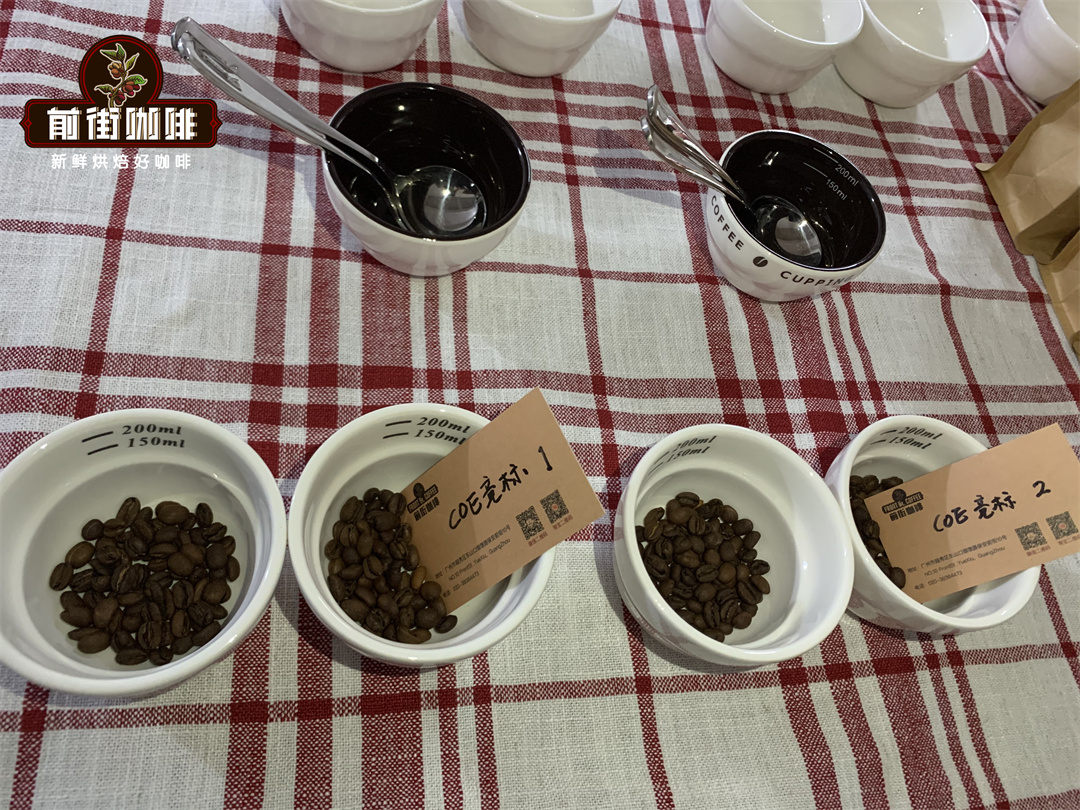
Introduction of 1-COE scoring standard in the evaluation system
COE is the abbreviation of Cup of Excellence. The cup meter used by the Coe cup test system is designed by the flavor madman George Howell reference red wine book "wine taster's Secret". It has a very far-reaching influence on the coffee cup test. There are 8 items scored, and the reference items of aroma, aroma is not directly scored. The highest score for each project is 8 points, and more than 6 points can be added or subtracted 0.5 points each time. 8 × 8 = 64 points + 36 points of the base is 100 points. The basic score is 100 points for convenience design, but if other quality problems are found, points can also be deducted separately from the evaluation items.
The scoring items are as follows:
Dry degree Clean Cup
Dryness refers to the texture of the coffee itself, which gives the drinker a particularly clear flavor without miscellaneous feeling. The drier the coffee, the clearer the level and flavor of the coffee and the higher the degree of variation. Of course, the coffee in the cup must not have any defective taste that hinders the review: the defective flavor includes no excessive fermented, phenolic and moldy flavor, and the need for the absence of grass, earthy, coarse, astringent, etc. The microclimate of coffee producing area (Micro Climate) can bring more rich changes in order to get at least more than 6 points in the Clean Cup project, but it is rare to see high scores in dry items. The basic high score is to get one more point when setting off excellent flavor and acidity, that is, when all items except dry items get 7 points, they will score 7 points. In the COE evaluation system, many items are linked, and the core of the evaluation is the degree of dryness.
Sweetness Sweetness
Sweet elements such as peach and vanilla will give people the feeling of "this cup of coffee is very sweet", followed by sour taste: tartaric acid can give people the sweetest feeling, followed by malic acid, followed by citric acid. Therefore, the "sweetness" of coffee is not a single factor, but is obtained by the combination of different factors.
On the other hand, the sweetness of coffee is also related to the performance of Yuyun, so these items are also related.
There are also many factors that negatively affect the sweetness of coffee:
Whether the whole red fruit of the same maturity is picked in the process of coffee harvest. If mixed with immature beans, it will show a spicy green pepper, potato flavor. On the contrary, if you are too mature, you will drink the taste of rotten fruit and rotten banana.
The second is the impact of dryness, bitter taste, grass, astringent, astringent taste and other negative flavors will affect the sweetness of coffee. This is why it is said: "dryness is the basis and starting point of a good cup of coffee." "the reason. If you don't drink a serious negative flavor, you can usually get a score of 6 for this project.
Acid Acidity
In sour projects, there is no direct relationship between the strength and score of sour taste, but the quality of sour taste, which is very important. Unlike red wine, all coffee simply does not emphasize or highlight the need for sour taste, the acidity of coffee should be the pursuit of quality. Whether it is coffee or red wine, the main components of the spindle flavor are sour and aroma. In particular, the acid part is also divided into citric acid, malic acid, tartaric acid, succinic acid, lactic acid and so on, each sour taste and aroma will give a different "impression" of coffee. The prominent sour taste of improperly handled coffee gives the impression of Green, accompanied by a strong sense of Astringent and astringency of Tannin. In WBC (World Barista Championship), astringency = tannin = astringency is classified as Mouthfeel, the category score of texture, but COE cup test can be combined with flavor to score freely.
The purpose of this project is to emphasize the acid texture rather than the acid strength. Good coffee will give people a pleasant feeling, and its sour texture will make people feel good to drink.
Therefore, the Astringent item can be scored in terms of dryness, acidity and texture. If there is no strong grass taste, irritation and convergence, you can generally get a score of 6.
Texture Mouthfeel
How does the coffee feel in the mouth? this item rates the consistency, density, weight and irritation of the coffee. Like sour taste, the strength and quality of the touch are not directly related. In the cup test, the judges first grade the "strength" high, medium and low (High Body, Medium Body, Low Body), and then evaluate the texture of the touch. The tactile project can be divided into different parts, and the part described below is just one of the different categories.
The weight of the liquid (Body, Weight) refers to the feeling and viscosity of the liquid sticking to the tongue. It can be described as light, medium, heavy, thick, thin and so on.
The touch of the liquid in the mouth refers to the feeling that the liquid stays in the mouth, and how the coffee liquid covers the mucous membrane of the mouth. It can be described as sharp, round, creamy and so on. The feeling of coffee in your mouth can be described by convergence, tannins, roundness and other words.
The feeling of liquid flow can be described by syrup, silk, smooth and other words when the coffee liquid is swallowed and gargled in the mouth.
Flavor Flavor
"Flavor" itself is the synthetic concept of taste and aroma. The basic elements of flavor are "sour" and "aroma", plus "sweetness" and "touch" together to form the flavor experience.
Aftertaste Aftertaste
The aftertaste refers to the feeling of the flavor and other characteristics of the coffee when drinking, whether the feeling of swallowing is smooth or blocking, the speed at which the sweetness fades away, and so on. Generally speaking, a long, elegant finish can get better scores, but a clear, rich finish is also very pleasing.
Balance degree Balance
Balance refers to checking whether the coffee flavor is harmonious:
Balance is really a very difficult item, first of all from the flavor: with excellent flavor at the same time, whether there is a good sweetness and dryness can set off the flavor. The part of balance is not the stronger the better, but whether the coffee is harmonious. This can also be evaluated in terms of the ups and downs of the coffee itself, as well as the tactile end rhyme. It will not be particularly sour or particularly sweet, and will not focus on only one feeling.
Comprehensive evaluation of Overall
As the name implies, it is a project that reflects and describes personal preferences:
What impression does this coffee give you? is it a high complexity or a simple and lively coffee? Do you personally like this coffee? To a certain extent, personal preference will affect the score, but it will not be too different from other items. In addition, it will also be used to adjust the final score: 84 points can be identified as Exemplary Coffee (model boutique coffee), 86 points are recognized as COE scores, and 90 points are Presidential Award Coffee, so it can be adjusted flexibly when giving nodes such as 89.5 points.
Final note Final Points
The biggest difference in flavor between coffee and red wine and craft brew is that the flavor of coffee will change with the drop of temperature. And the biggest difference between boutique coffee and commercial coffee, in addition to the previously written conditions, the level of flavor change is also a very important consideration.
The flavor of coffee becomes more and more prominent as the temperature drops, because the temperature drops to the range that people can easily feel. With the exception of iced coffee, no one wants to drink coffee in one breath, because there is a risk of scalding. Therefore, in the process of drinking coffee, the impression of coffee taste changes in the following three situations:
(flavor consistency) Consistent
The taste of coffee does not change with time. It tastes good from hot to cold.
(getting better and better) Improve
As the temperature cools down, the coffee tastes better and better, and the flavor and sweetness are highlighted when the temperature drops to the 50-degree range.
(getting worse and worse) Decent
The flavor of the first sip is impressive, but as the temperature drops, the defects in dryness and touch are highlighted, so when judging a type of coffee, be sure to drink it cold.
The total score is 69 or less, which is a slightly worse commercial bean or industrial bean.
The total score is between 70 and 74, which belongs to general commercial beans.
The total score is between 75 and 79, and the better commercial beans are generally called high-grade commercial beans.
The total score is between 80 and 84, which belongs to boutique coffee and can also be entered into the COE evaluation competition.
The total score is 85 or more, belonging to the COE competition level, is also the excellent cup of winning coffee, is currently recognized as the highest level in the international coffee industry.
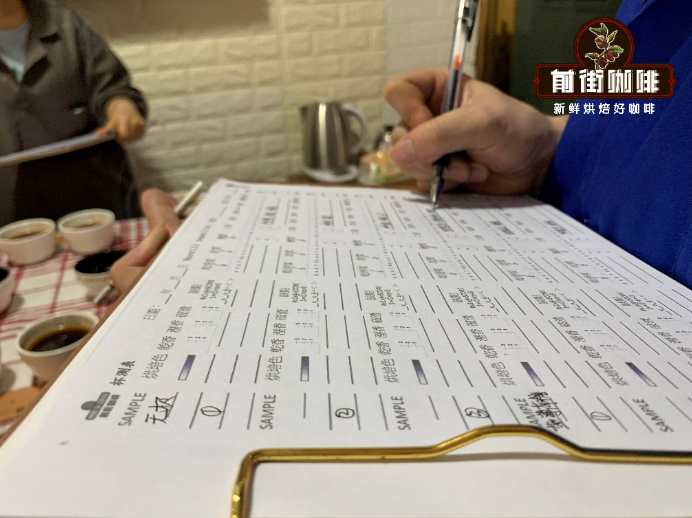
Introduction of 2-SCA scoring standard in the evaluation system
SCA, short for the Fine Coffee Association (specialty coffee association), is jointly sponsored by the European Fine Coffee Association SCAE and the American Fine Coffee Association SCAA. Those with a score of 80 or more are rated as boutique coffee (specialty).
Fragrance (Dry) / Aroma (Wet) dry and wet aroma
It is necessary to first identify from the general categories, such as flower aroma, fruit aroma, nuts, wood distillation, etc., and then give scores according to the richness and strength of the aroma. Note that the aroma part should be marked with a vertical scale with a strong or weak degree.
It is mainly judged by the dry incense without water injection and the wet fragrance after water injection, and the aroma after the coffee residue is broken can also be recorded here.
Acidity acidity (acidity, acidity)
The evaluation part of the acid should judge whether the acid is good or bad according to the stimulation (hierarchy, degree of sweetness) given by the coffee, and the strength of the acid does not represent the quality of the acid; some coffee has obvious acid stimulation after the entrance, such as grapefruit and plums. After the coffee is swallowed, there is still a sense of acidity on both sides of the tongue, then the acid quality is very good. Although some coffee does not have a strong acidity, the coffee is very sour, like the sweet and sour feeling of ripe fruit, and it is also a very good acid quality.
Flavor flavor
The flavor feeling of coffee, including aroma and taste, (taking into account the complexity and layering). During the whole sobbing process, the flavor feelings brought by each stage can be recorded, and the defined scores can also be adjusted step by step.
Body taste
The smoothness, consistency and thickness of the coffee liquid are provided by the insoluble oil in the coffee liquid, the woody structure of coffee beans (very fine particles after grinding) and protein. We can feel the difference in taste thickness between different coffee samples. In daily life, we can try to compare different mineral water with pure water, skim milk, low-fat milk, whole milk, fruit juice with pulp particles, to feel the weight and smoothness of insoluble substances in different liquids to the mouth.
Aftertaste aftertaste
The feeling of staying in the mouth after swallowing, including aroma, taste and taste; can be creamy aftertaste, can make lasting acidity, can be greasy taste or even more dry taste. Usually, the concept of the sweetness of the noodles of the COE system and the evaluation of the direction of the rhyme can be adjusted and scored in this project.
Sweetness sweetness
The sweetness in the current table is scored by a single cup based on a sample of 5 cups, with 5 cups representing a sample of 5 cups of coffee with 2 points each. The standard of judgment is whether there is sweetness in the coffee. Here, the sweetness of coffee is judged by the sweetness of adding 15g sugar to the water in 21.
Balance balance degree
The balance of aroma, taste and taste.
Cleancup dryness
Similar to sweetness, it is scored according to 5 cups of 2 points each, deducting the corresponding number of cups according to whether there is a dirty smell caused by external pollution. This is equivalent to the dryness of the COE system.
Uniformity consistency
Also according to 5 cups, 2 points per cup; the purpose is to compare whether the multi-cup samples have inconsistent flavor performance, and if there is an inconsistency in one or more cups, the score will be deducted according to the number of cups, especially for consistency. We are mainly looking for inconsistent bad flavors. If one of the five cups tastes better than the other four cups, the points will not be deducted.
Overall's personal preference for coffee
Projects that also reflect and describe personal preferences:
Personal preference will affect the score, but it will not be too different from that of other items.
Defect definition and scoring
There are two kinds of records of defects in the current SCA cup test table, mild (Taint) and severe (Fault). The difference between slight and severe lies in the degree of irritation to you. If you are uncomfortable after the entrance and cannot swallow, it will be counted as a serious defect. If the discomfort is not so strong, then it will be regarded as a slight rating.
Usually if there is an external infection in the coffee, the chemical changes in the coffee beans, such as mildew or changes in the internal organic acids, will bring out excessive acid, bitterness, and even the chemical smell of the potion. The entrance of such coffee will be very uncomfortable, and even if you want to spit it out, you will confirm and give the definition of defect.
Slight rating: 2 points per cup
Severity level: calculated according to 4 points per cup.
In particular, examples of defect scoring are as follows:
If two cups of coffee have an uncomfortable taste, one cup is mild and the other is serious, then the total defect score is calculated according to the severity grade, that is, 2: 4: 8, with a total defect score of 8.
Professional coffee tasting is not only used to judge whether a cup of coffee is good or bad, but also to analyze a cup of coffee more objectively, so that the flavor map of coffee can be clearly displayed in front of our eyes. and then through this map to find ways to improve the quality of coffee. The next time you buy coffee, the evaluation level of coffee can also be used as a reference for judging fine coffee.
For more boutique coffee beans, please add private Qianjie coffee on Wechat. WeChat account: kaixinguoguo0925
Important Notice :
前街咖啡 FrontStreet Coffee has moved to new addredd:
FrontStreet Coffee Address: 315,Donghua East Road,GuangZhou
Tel:020 38364473
- Prev
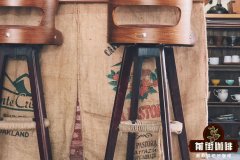
Colombian boutique coffee Why Colombian coffee tastes more sour than other coffee?
Professional coffee knowledge exchange more coffee bean consultation please pay attention to the coffee workshop (Wechat official account cafe_style) Colombian coffee beans, according to the geographical location, belongs to the Central and South American coffee belt, coffee bean flavor should be more balanced, but when I drink, when the coffee liquid touches the tip of the tongue, I can't help but say: Hey, Colombian coffee is so sour
- Next
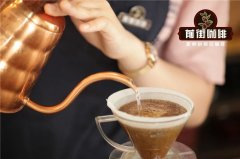
The difference between the flavor and taste characteristics of hand-brewed coffee and cup-brewed coffee. How can coffee taste good?
How would you describe it when making coffee? Do you want to make coffee or make coffee? Or make coffee, make coffee? Obviously, the history of brewing coffee is the longest, and now, brewing coffee and brewing coffee is the mainstream. What is the difference between flushing and soaking? When we talk about brewing coffee, there are actually two ways of extraction. Brewing mostly refers to extracted coffee in the form of hand brewing.
Related
- Beginners will see the "Coffee pull flower" guide!
- What is the difference between ice blog purified milk and ordinary milk coffee?
- Why is the Philippines the largest producer of crops in Liberia?
- For coffee extraction, should the fine powder be retained?
- How does extracted espresso fill pressed powder? How much strength does it take to press the powder?
- How to make jasmine cold extract coffee? Is the jasmine + latte good?
- Will this little toy really make the coffee taste better? How does Lily Drip affect coffee extraction?
- Will the action of slapping the filter cup also affect coffee extraction?
- What's the difference between powder-to-water ratio and powder-to-liquid ratio?
- What is the Ethiopian local species? What does it have to do with Heirloom native species?

